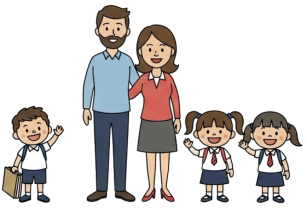
Question More, Action Knowledge.
Remember, at QMAK, we don’t just teach; we empower. We don’t just inform; we inspire. We don’t just question; we act. Become a Gold Member, and let’s unlock your child’s full potential, one question at a time.

Healthy peer relationships provide children with opportunities to develop social skills, receive validation, and experience belonging—all of which counter tendencies toward feeling victimized or isolated.
Research shows that facilitating and encouraging positive peer interactions can help reduce feelings of victimization and promote a more positive self-view (Peets et al., 2021).
For 7-year-old children, peer relationships are becoming increasingly important. Through these connections, children learn crucial social skills, experience different perspectives, develop empathy, and build confidence in their ability to form and maintain relationships.
When children have positive peer experiences, they are more likely to see social interactions as rewarding rather than threatening, contributing to a resilient rather than victimized mindset.
Purpose: To foster teamwork, sportsmanship, and positive peer relationships through structured physical activities that promote cooperation and healthy social dynamics.

Choose physical activities that match your child’s interests and developmental level:
Set the stage for constructive interactions:
Help children navigate social aspects of group activities:
Connect physical activities to broader social skills:
Develop ongoing positive physical engagement with peers:
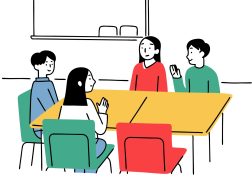
Purpose: To develop cooperation, shared creativity, and positive social connections through joint artistic endeavors that require communication and mutual support.
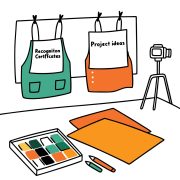
Design artistic experiences that foster positive interaction:
Set up the social framework for positive interaction:
Guide social exchanges during the creative process:
Help children reflect on both artistic and social aspects:
Build on success to develop ongoing creative partnerships:

Purpose: To foster meaningful peer connections through shared reading experiences, developing communication skills, empathy, and respectful exchange of ideas and perspectives.
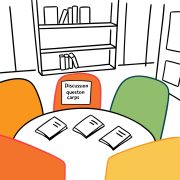
Design an approach that works for young readers:
Guide conversations that build connection and understanding:
Enhance connections through book-related activities:
Create healthy peer interactions through books:
Develop depth and community over time:

Purpose: To foster mutual respect, recognition of diverse strengths, and positive social exchange through children teaching each other skills and knowledge, building confidence and social connection.
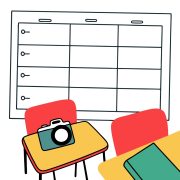
Set the foundation for positive teaching exchanges:
Create a framework that supports positive exchanges:
Support children in successful teaching and learning:
Deepen learning through reflection:
Build lasting patterns of skill sharing:

Purpose: To develop and practice positive social interactions in a structured, playful context, building skills in communication, cooperation, and conflict resolution that transfer to real social situations.

Choose skills that match children’s developmental needs:
Create playful scenarios for meaningful practice:
Guide children through meaningful social rehearsal:
Use playful approaches to strengthen social skills:
Bridge from practice to authentic social experiences:

These positive peer interaction activities help children develop:
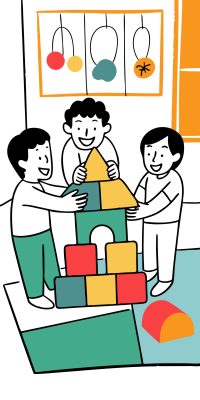
Remember that building positive peer relationships is an ongoing process. Creating structured opportunities for successful interactions helps children develop the social skills and confidence that protect against feeling victimized or isolated.
As children experience belonging, mutual support, and the ability to navigate social relationships successfully, they build resilience and a more empowered mindset.
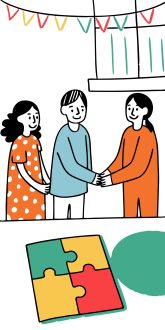
The goal is to help your child develop the understanding that social connections can be rewarding, manageable, and within their capability to navigate successfully—a perspective that directly counters tendencies toward social victimization.

Remember, at QMAK, we don’t just teach; we empower. We don’t just inform; we inspire. We don’t just question; we act. Become a Gold Member, and let’s unlock your child’s full potential, one question at a time.